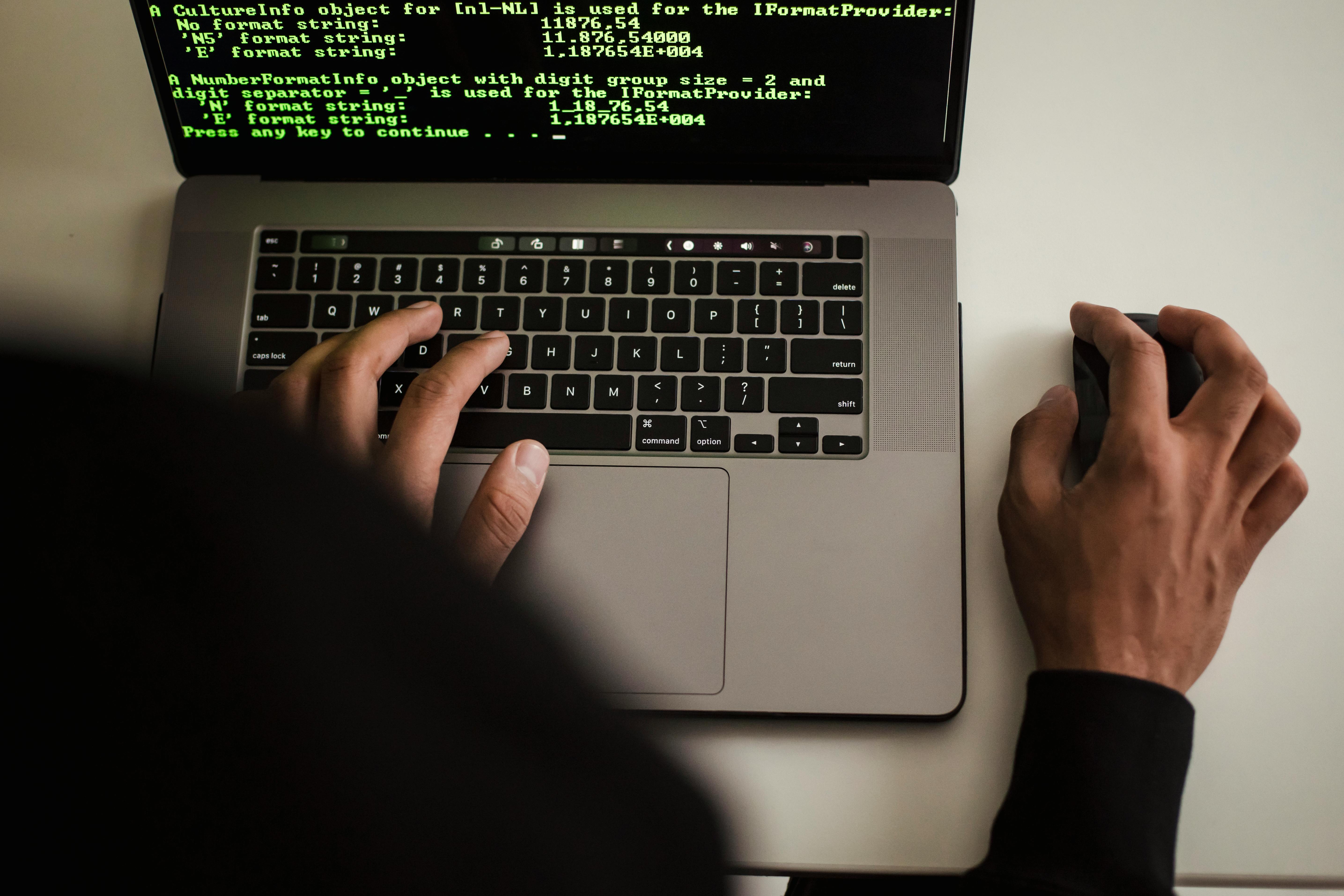Laser Engraving Machine
Laser engraving machines automate the process of cutting, etching, marking and engraving hard materials. They are used to create a variety of visual designs and artwork on products like gun barrels, metal mugs, iPhones, laptops and wedding rings. The equipment can also be used to mark product identification numbers, barcodes, and logos on industrial goods. It is most commonly powered by CO2 lasers that generate a wavelength that reacts well with most materials.
A laser is a source of light that converts light energy to electrical energy and then into thermal energy (heat). When the laser encounters a material it heats it up so much that the surface changes from its solid state to a gaseous state. The laser’s power and the speed at which it is directed at the material determines how quickly the surface can be eroded and the strength of the resulting mark.

Lasers can be used to engrave wood, plastic, glass and some fabrics. They can also be used to mark metal alloys, including steel and aluminium, by vaporising them. However, when dealing with metals, the laser must reach a very high temperature to be able to vaporise the material. This means the machine must be fitted with a fume extraction system to reduce the risk of harmful toxins in the workplace.
What is a Laser Engraving Machine and How Does it Work?
The laser engraving machine controller uses software to translate a particular design into digital signals that tell the laser how to change its surface. This can be done offline, but most machines connect to a computer for online operations.
Once the operator has keyed in the design, the machine focuses the beam on the material for engraving. Smaller materials can be placed in a tray while larger ones may need to be secured on the work surface. The operator then selects the final settings, which will vary according to the material and the desired pattern. Depending on the type of material, the laser may emit visible light, infrared light or ultra-violet radiation. In the latter case, a lens is required to protect the eye from the potentially damaging radiation.
A laser’s power, duration and the frequency at which it is pulsed can also affect the quality of the mark it makes. If the laser is left on for too long, it can burn the surface of the material. If it is turned on too frequently, the resulting marks can appear uneven and splotchy.
Laser marking is a common way to print expiry dates, production numbers and other data on products that are travelling along the manufacturing line. This can make them easier to track, and prevent errors that may be caused by printing or hand-stamping. Laser marking can also be performed on round or cylindrical products such as mugs, bottles and tubing. In these cases, a rotary attachment will need to be added to the machine to ensure it can work effectively with such surfaces. A good rotary laser marker will have an adjustment for the nozzle that can be altered to suit the thickness of the cylinder.


